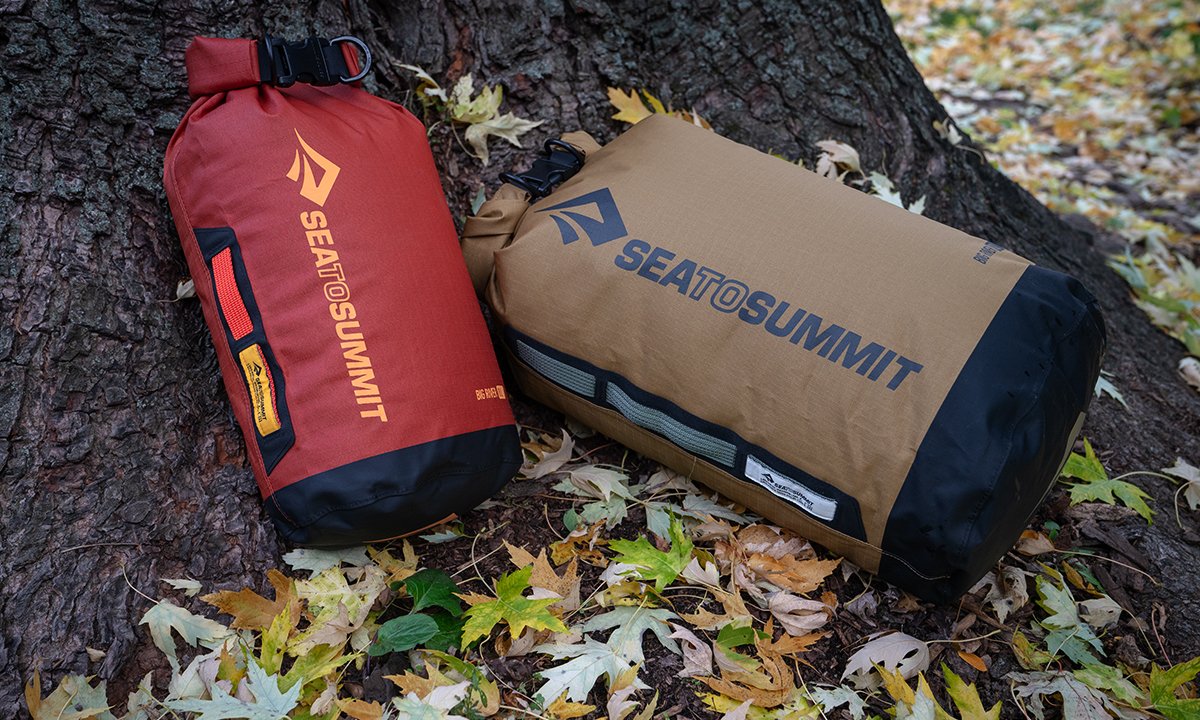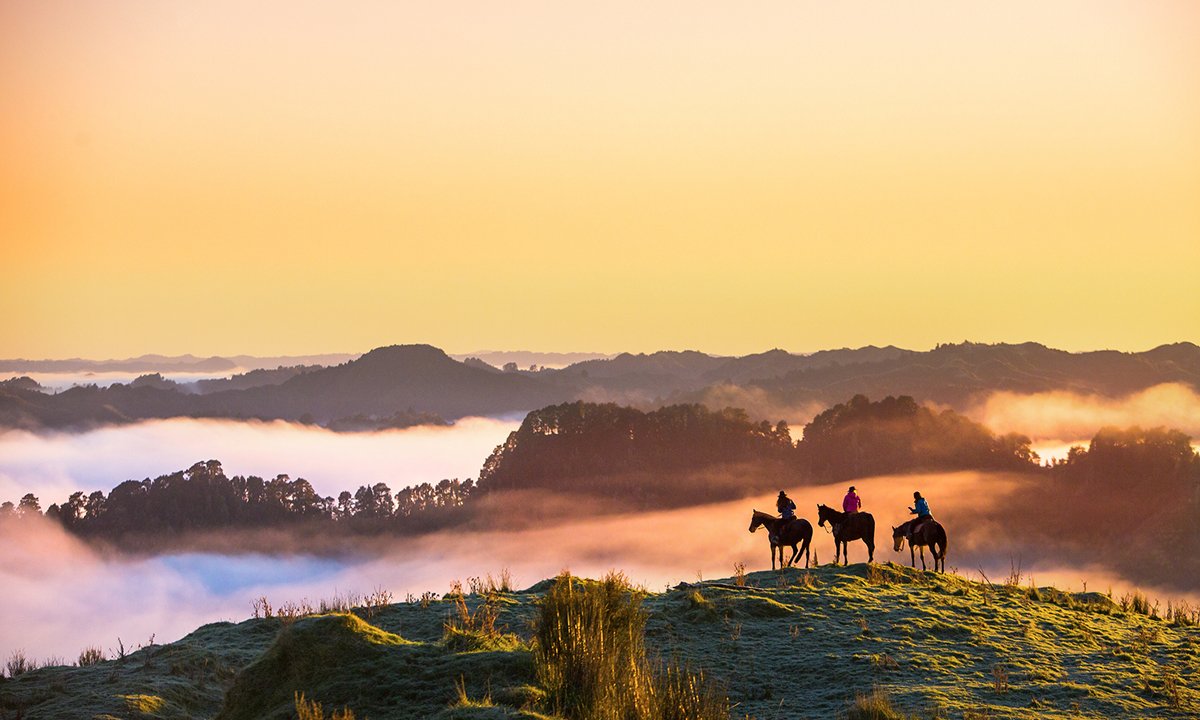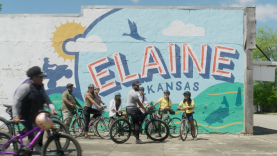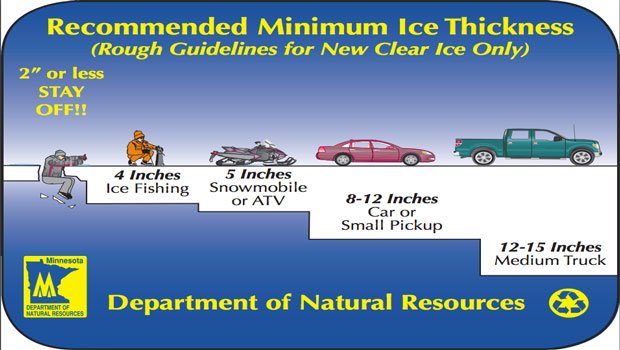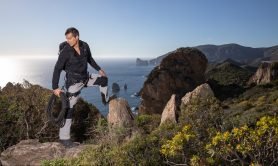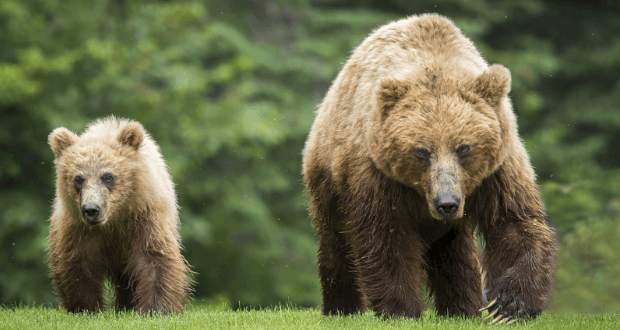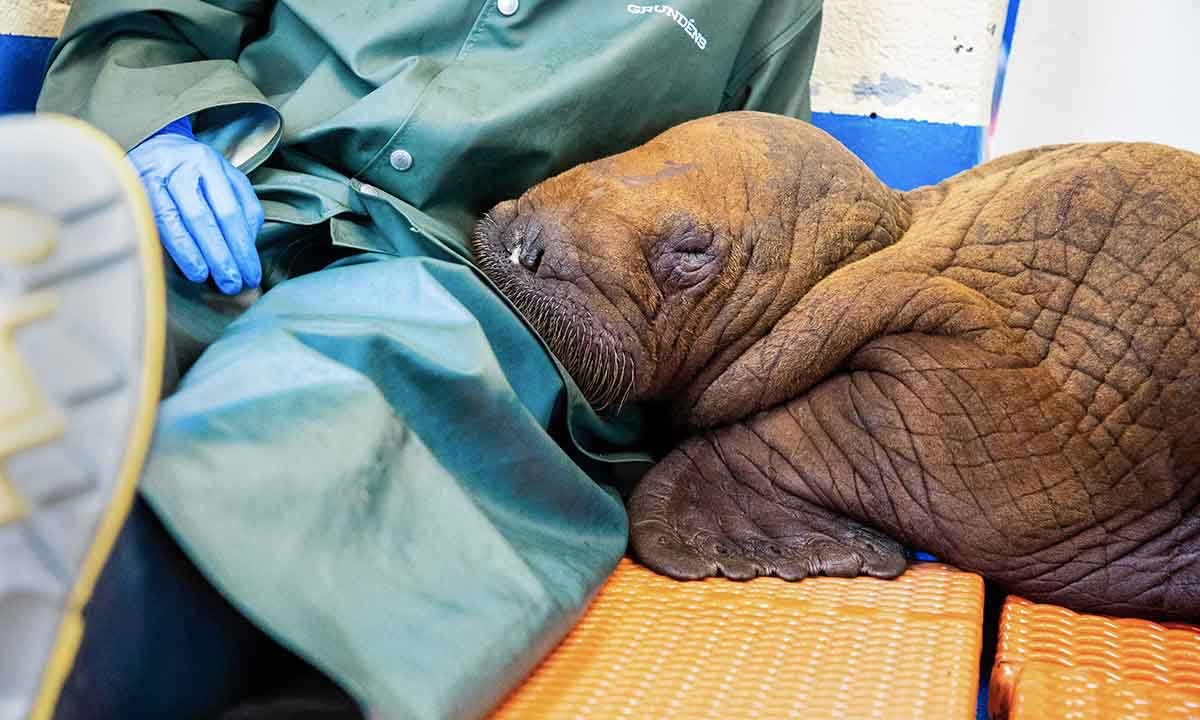Winter is exhilarating climbing, ski and snowboard season, but it’s also avalanche season—that time of year when layers of accumulating snow are more likely to collapse and slide downhill in a rush of icy terror.
Videos by Outdoors
This avalanche season has played out as if it’s on steroids; because it has been one of the most intense weather seasons in history, snowstorms have been bigger, which means the aftermath is all that much more dangerous.
Since December 2022 alone, more than 15 people have died in four separate avalanches across the country—an astounding number, especially considering that many resorts are temporarily closed. We recently caught up with Melis Coady, executive director of the Alaska Avalanche School in Anchorage, to learn more about what winter sports fanatics can do to put themselves in the best position of surviving an avalanche.
Outdoors.com: How dangerous is it to get caught in an avalanche?
Coady: When you are caught in an avalanche, your survival completely depends on who you go with and that person’s response. Once an avalanche stops and your head is under the surface, you are buried alive, and you can’t wiggle or move or do anything anymore. If your buddy calls 911, you’re dead. If you’re not uncovered in the first 5-15 minutes, you’re probably also in bad shape. We say 15 minutes is the cutoff time. After that, your chance of survival is less than 20 percent.
Outdoors.com: What is it like to get caught in an avalanche?
Coady: Avalanches can travel up to 200 mph. Once one is on top of you, it’s disorienting. You’re getting bounced around. You’re moving quickly and, suddenly, it slows down and then you’re just locked in snow that feels like cement. You go from complete motion to complete inability to do anything. In that snow you can’t wiggle your fingers, you can’t open your mouth. This is why we tell people: If you’re in an active avalanche and you get sense that the avalanche movement is slowing down, cup your hands over your nose and mouth and create your own air pocket, in case you need more time to be rescued. Creating that air pocket buys you time.
Outdoors.com: What else should you do if you get caught in an avalanche?
Coady: All 54 of our instructors tell our 1,000 students every year: Getting caught in an avalanche is scary. Once you’re fully buried, the most important thing you can do – this is the only thing that carries over to every other survival situation – [is] be Zen and calm, and you need to reduce the amount you’re breathing and the amount of stress on your body. You just must hope that your partners weren’t caught in the same avalanche and that they can dig through [snow] cement quickly.

Outdoors.com: What rescue equipment should people bring to stay safe in the event of an avalanche?
Coady: We teach people to bring a beacon, a shovel and a probe. The word beacon can throw people off. When we say that, we mean avalanche transceiver. These devices support an international radio frequency and send out signals that someone nearby with a similar piece of equipment can pick up. They give you a directional arrow and an estimated distance away. You keep moving in the direction of the arrow to make the distance number as small as possible. Once you’re close to zero, you stop and use the shovel to start digging. Beacons cost anywhere from $250 to $400 dollars. They also need to be under your outermost layer, so they don’t become separated from you. Probes look like extra-thick sturdy tent poles. They’re collapsible and are between 6 and 9 feet when you assemble them. They all have measurements on them. You use them to see how far into the snow someone might be. Then you head downhill from where you think the person might be and you start digging into the snow.
Outdoors.com: What other equipment might be useful?
Coady: Some people purchase backpacks that have inflatable bags inside them. If you deploy these right away when you find yourself in an avalanche, they might stop you from sinking into the snow. At the same time, there are plenty of people who have been buried in avalanches who have been wearing these inflatable backpacks and the inflatable parts of the packs were never deployed. I know an instance of someone who was caught in avalanche, and they had one of those on. As they were tumbling, it felt like someone was holding them by their backpack. The problem: The cord for inflating the pack was so far ahead of their head that they couldn’t find it while they were tumbling.
Outdoors.com: If an avalanche is coming at you, how can you increase your odds for survival?
Coady: You want to yell, ‘Avalanche!’ so everyone can see you and follow you downslope with their eyes. If people know where you were when you disappeared from the surface, that helps recovery efforts. Where you are in the avalanche also matters. If you’re at the top of the avalanche, you might be able to see out of the side and call for help. If you’re in the middle and you get caught on something – that would be lucky. Sometimes, no matter where in the avalanche you find yourself, you can self-arrest with ski poles. There also have been instances of people grabbing a tree.
Outdoors.com: How much of avalanche survival is preparation and smart decision-making?
Coady: A lot of it. When you go out of bounds at a ski resort or you just go into the mountains to ski with your friends, you are saying that you can avoid avalanches and that if someone gets buried, you can expect your own rescue. At least in Colorado, 16 percent of all avalanche fatalities involve people ducking out of the edge of resorts. Even if you’re experienced, that’s not the smartest approach.

Melis Coady is Executive Director of Alaska Avalanche School and has lived and worked in Alaska for 20 years enjoying a career on snow and glaciers as a climbing ranger for Denali National Park, senior guide for the Alaska Mountaineering School and a field instructor for the National Outdoor Leadership School. She has completed Pro 1 avalanche training, and has skied/climbed on 7 continents including two stints as a field guide for Antarctic Logistics and Expeditions. A dedicated educator, Melis has spent over two decades certifying students in emergency medicine as a wilderness medicine instructor for the Wilderness Medicine Institute and as a climbing instructor navigating avalanche terrain.
